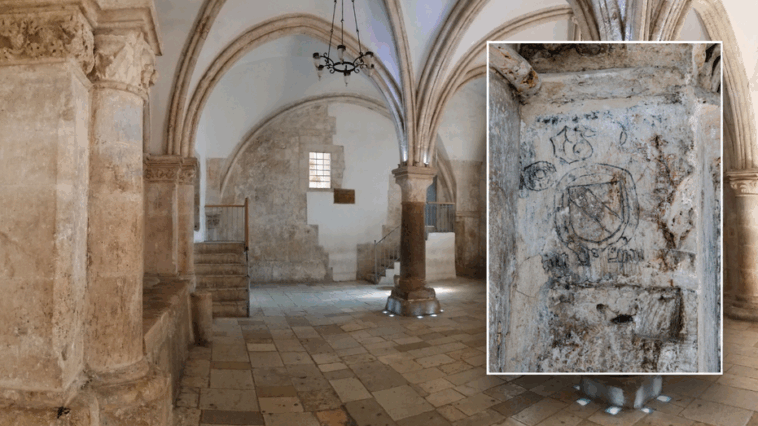Archaeologists recently unveiled a series of strange, centuries-old inscriptions at the site believed to be the location of the Last Supper – just in time for Easter.
The Room of the Last Supper, also known as the Cenacle, is located on Mount Zion in Jerusalem. The hall was built by the Crusaders in the 12th century, though pilgrims have venerated the site as early as the 4th century.
The recent discovery was announced by the Austrian Academy of Science (OeAW) on April 16, with the help of the Israel Antiquities Authority (IAA). Archaeologists identified some 40 elements of graffiti, including five coats of arms.
RARE 4,000-YEAR-OLD MUSICAL INSTRUMENT ‘BURIED IN THE GROUND’ PUZZLES ARCHAEOLOGISTS
Most of the inscriptions date back to the late Middle Ages.
Researchers found that the site attracted numerous international tourists – and several pilgrims left messages in their native language.
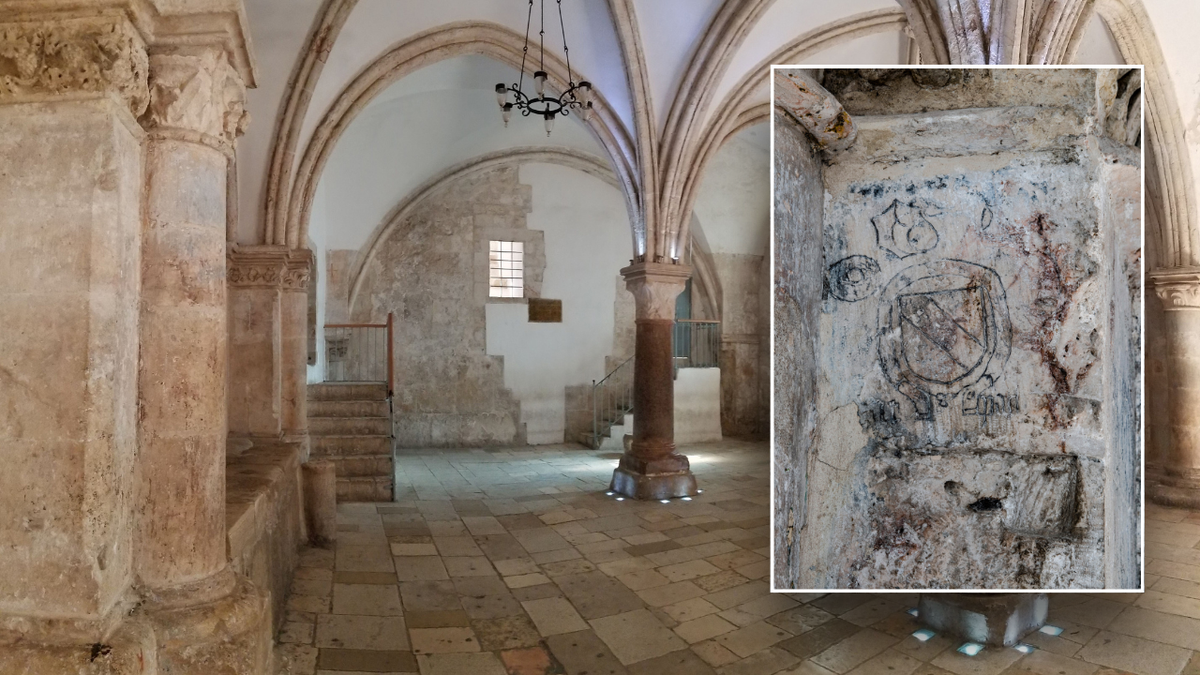
Researchers recently unveiled never-before-seen graffiti found at the site of the Last Supper. (Heritage Conservation Jerusalem Pikiwiki Israel; Shai Halevi / © Israel Antiquities Authority)
Pictures from the site show various coats of arms and writings in ancient languages.
A drawing of a scorpion was also found — presumably when Suleiman the Magnificent took over the Cenacle in 1523 and turned it into a mosque.
One interesting depiction of the Last Supper was found above a German coat of arms.
The inscriptions were written by pilgrims from Serbia, the modern-day Czech Republic and Germany, as well as Armenia and Syria.
ANCIENT TREASURE FOUND BY METAL DETECTORISTS IN ‘IMPORTANT’ AND LEGENDARY REGION
Most of the graffiti, though, was left by Arabic-speaking Christians.
One interesting depiction of the Last Supper was found above a German coat of arms, which depicted a goblet, a platter, and a round piece of bread with a hole in it, similar to a Jerusalem bagel.
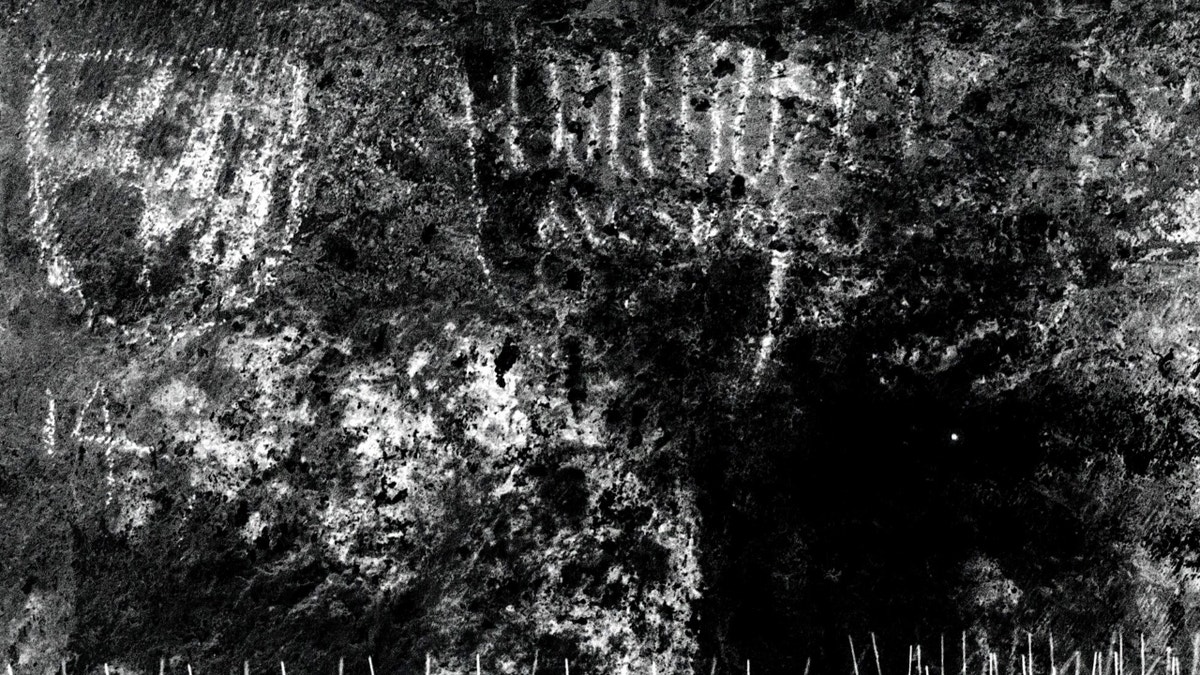
This image shows a Styrian coat of arms, as well as an Armenian “Christmas 1300” inscription and a Serbian inscription reading “Akakius.” (Shai Halevi / © Israel Antiquities Authority)
Researchers also found an Armenian inscription reading “Christmas 1300,” as well as an Arabic inscription reading “ya al-Ḥalabīya.”
For more Lifestyle articles, visit foxnews.com/lifestyle
“Based on the double use of the feminine suffix ‘ya’, the researchers concluded that this is a graffito of a female Christian pilgrim from the Syrian city of Aleppo, making it a rare material trace of pre-modern female pilgrimage,” the statement noted.
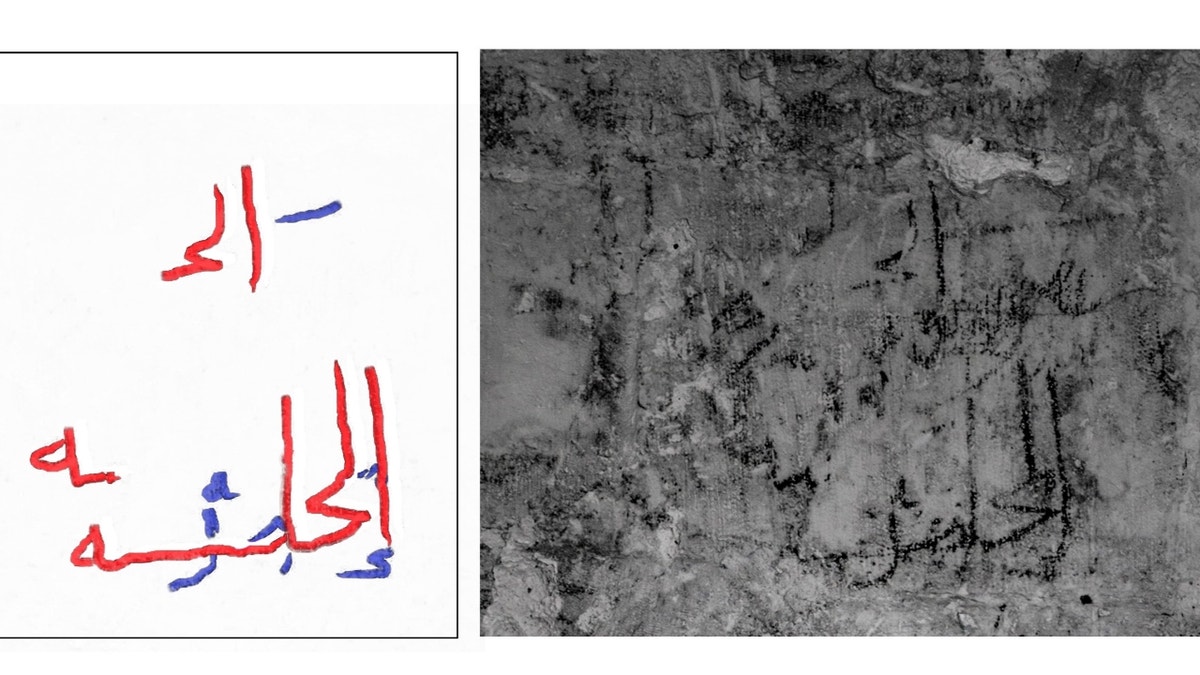
Researchers found the inscription of a Syrian woman from Aleppo, seen here. (Shai Halevi / © Israel Antiquities Authority)
Researchers first documented the inscriptions using multispectral photography and Reflectance Transformation Imaging (RTI), before analyzing the images in a lab.
Analysts then “digitally merged” the two photographic techniques to make the inscriptions readable.
In the press release, historian Ilya Berkovich said the graffiti was surprisingly diverse, with multiple countries being represented on the walls of the hall.
CLICK HERE TO SIGN UP FOR OUR LIFESTYLE NEWSLETTER
“When put together, the inscriptions provide a unique insight into the geographical origins of the pilgrims,” Berkovich said in the release. “This was far more diverse than current Western-dominated research perspective led us to believe.”
Christianity-related finds
The latest discovery is one of many Christianity-related finds in recent months.
Earlier in April, an archaeologist excavating the Church of the Holy Sepulchre found proof of an ancient garden at the site, consistent with biblical scripture.
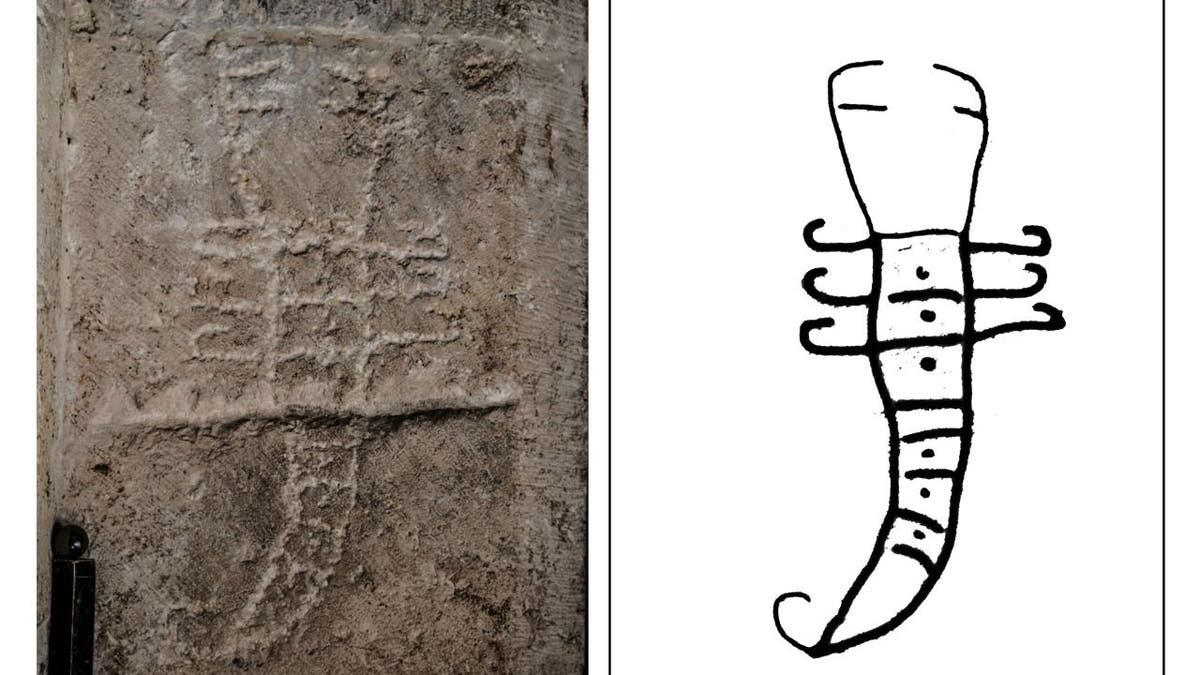
A scorpion was carved into the wall of the hall, presumably around the time Suleiman the Magnificent took the site over. (Shai Halevi / © Israel Antiquities Authority)
In December, archaeologists unveiled the known evidence of Christianity north of Italy.
CLICK HERE TO GET THE FOX NEWS APP
It consisted of a silver inscription dating back to between 230 and 260 A.D.

